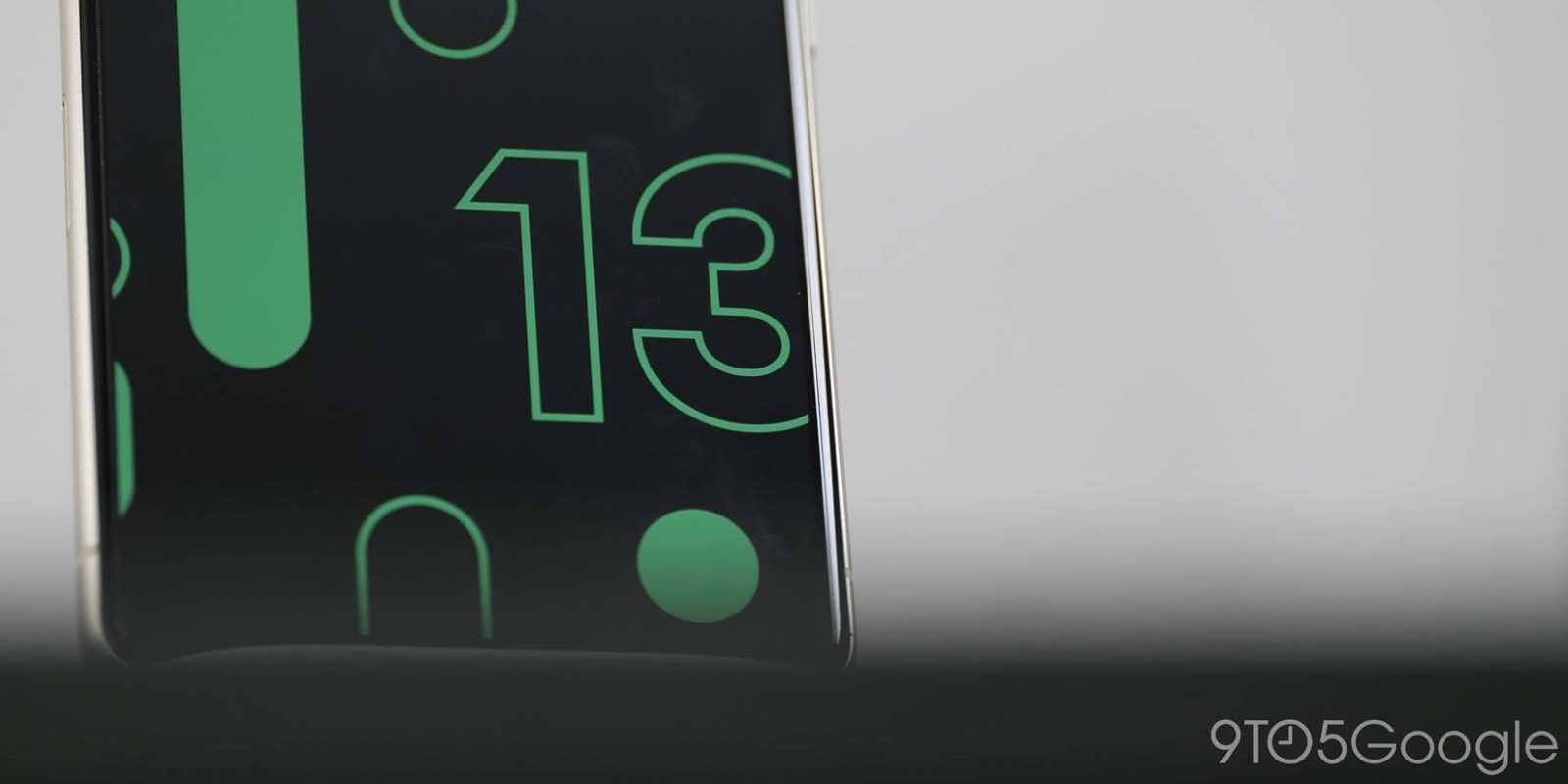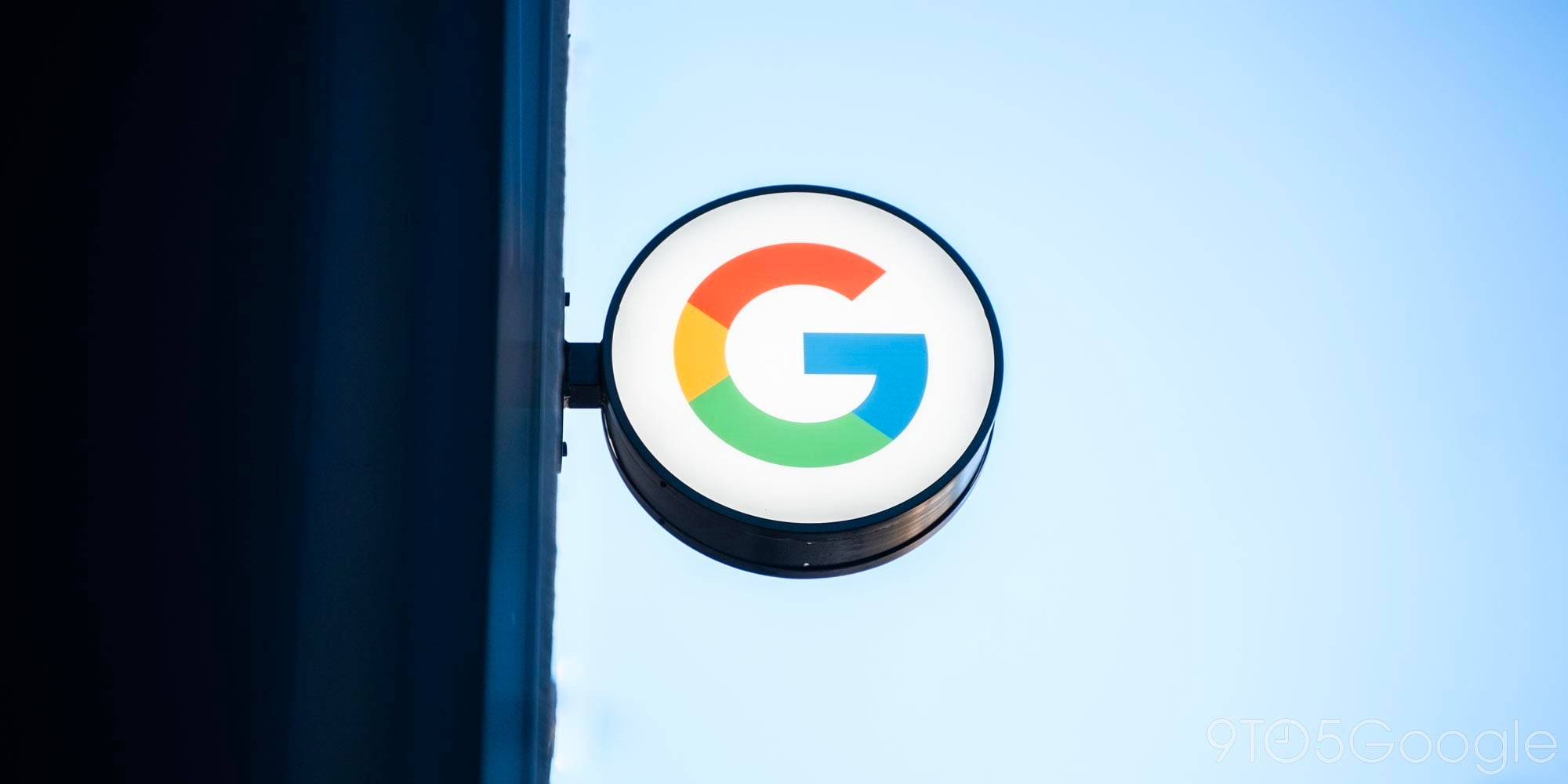Android 13 has doubled in market share since January, more stats

Google’s latest Android distribution stats reveal that Android 13 has more than doubled in market share since January, among other tidbits.
Expand Expanding Close
Google’s latest Android distribution stats reveal that Android 13 has more than doubled in market share since January, among other tidbits.
Expand Expanding Close

As we approach Google I/O 2016, where we’ll learn more about Android N, Marshmallow continues its steady rise and is now on 7.5% of all devices.


Nearly six months after release, Android 6.0 barely reached 2% usage in March. Helped by flagship devices and OEM updates from Samsung and LG, however, Marshmallow adoption has doubled in the past month.


Last month, Marshmallow finally reached a full percentage point in the Android distribution numbers. In March, helped by numerous OEMs releasing Android 6.0 updates, it reached 2.3%. This month also marked Lollipop becoming the most widely-used version of Android…


Marshmallow only saw a .2% increase in January’s Android distribution numbers despite the fact that it included the holiday season. This month was much better, however, with Android 6.0 growing .5% and now a full percentage point in usage.

 Google this evening has updated its Android distribution data to reflect numbers collected during the past 7 days. Most notably, Android 5.0 saw an increase from 1.6 percent last month to 3.3 percent this time. Last month was the first time the latest version of the operating system gained enough usage to chart.
Google this evening has updated its Android distribution data to reflect numbers collected during the past 7 days. Most notably, Android 5.0 saw an increase from 1.6 percent last month to 3.3 percent this time. Last month was the first time the latest version of the operating system gained enough usage to chart.


Google, as it does at the beginning of every month, has updated the Android distribution data this time reflecting data collected during the last week of November. KitKat continues its slow climb up this month, rising to 33.9 percent from 30.2 percent last month. Every other Android version, as a result, fell in usage.

As it does at the beginning of every month, Google has just updated the Android Distribution data to reflect data collected during a 7-day period ending on April 1, 2014. Notable this time around is that Android 4.4 KitKat usage more than doubled, rising from 2.5 percent last month to 5.3 percent. Of course, that’s still a very small percentage of the total user base, but growing by double in a month signals that KitKat updates are finally starting to make their way to the masses.
With the rise in KitKat usage came a slight decline in Jelly Bean numbers from an even 62 percent to 61.4 percent . Ice Cream Sandwich declined to 14.3 percent from 15.2 percent last month, while Gingerbread continued to slow demise, going from 19 percent to 17.8 percent.
With this new data, 81 percent of all devices are now running a version of Android 4.0 or greater. This seems respectable, but it’s important to note that Android 4.0 Ice Cream Sandwich was originally unveiled all the way back in 2011. So it’s apparent that Google can still do even more to improve the Android update progress. But things are improving and that’s what matters.

Google has just updated its Android Distribution numbers to reflect data during a one-week period ending on February 4th. This data is collected by recording what version of Android every device that accesses Google Play is running. Most notably, Jelly Bean has surpassed the 60 percent milestone, going from 59.1 percent to 60.7 percent. KitKat saw very minor growth, increasing from 1.4 percent to 1.8 percent.
No other version of Android saw an increase this time around, with Ice Cream Sandwich falling from 16.9 percent to 16.1 percent and Gingerbread dropping from 20 percent from 21.2 percent.
Also noteworthy is the fact that 80 percent of all Android devices are rocking Android 4.0 or higher, meaning that most have the latest design interface and features from Google.
Google has had problems in the past rolling out updates in a prompt manner to devices, but things have definitely improved over the last year or so. It is, however, disappointing to see the latest version, KitKat, only running on 1.8 percent of devices.

As it does every month, Google has just updated the Android distribution data to reflect the month of July. Jelly Bean is now running on 37.9 percent of devices, with 32.3 percent of those running Android 4.1.x. That’s up from 33 percent this time last month. Gingerbread fell from 36.5 percent to 34.1 percent, which makes Jelly Bean the most used Android operating system. Ice Cream Sandwich is now at 23.3 percent, down from 25.6 percent last month.
Froyo is now at 3.1 percent (was at 3.2 percent), Eclair has fallen to 1.4 percent (was at 1.5 percent), Honeycomb and Donut are both now at just 0.1 percent.
Google collects this data during the first week of each month by logging the devices that access the Play Store. It use to be that the data was collected when the device simply checked-in to Google servers.
Expand
Expanding
Close